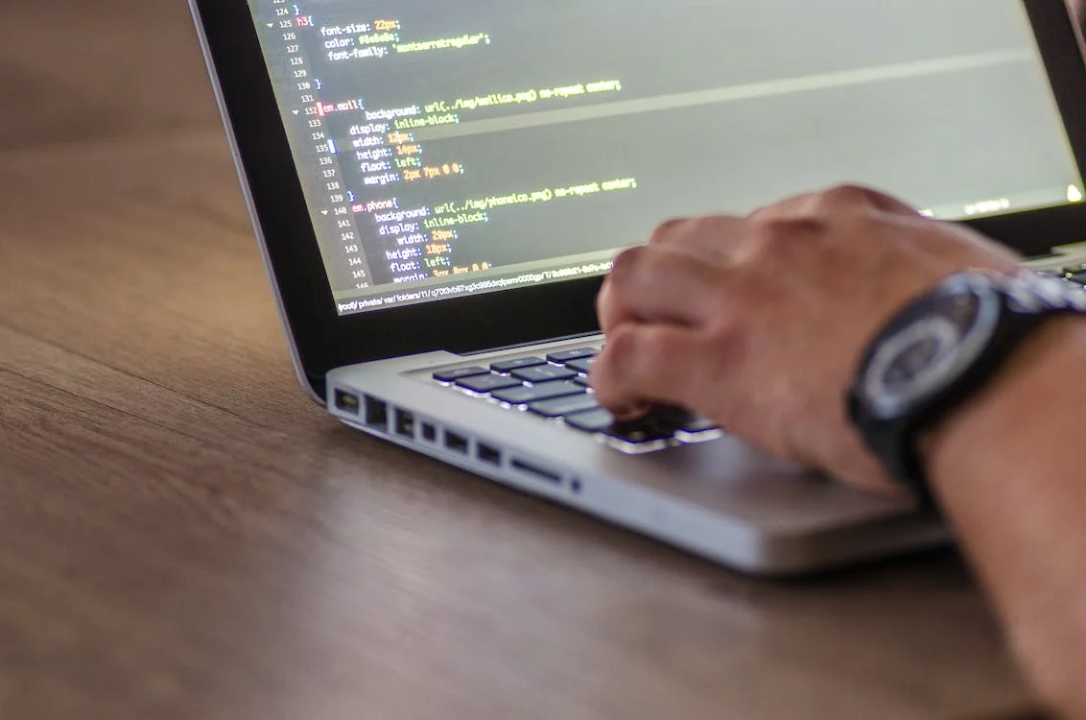
Decoding Call Tracking: How to Choose the Right Software
Knowing the significance of each client call is essential in contemporary marketing. A dependable call tracking system can interpret important information, assisting companies in decision-making, analyzing, and managing calls. The market is flooded with possibilities, so choosing the best call tracking software requires considerable thought. It's important to distinguish between three key characteristics of call tracking:
Reliable tracking mechanisms of call tracking solutions: Robust best call tracking analytics services provide a comprehensive analysis of consumer behavior in addition to monitoring the source of incoming calls, which facilitates the development of customized marketing tactics.
Features that bridge the informational gap: To guarantee thorough data collecting for analysis, the ideal call tracking software should include features like real-time call monitoring, configurable analytics reports, integration possibilities, and smooth conversation recording.
Customizations that highlight valuable data: Every company has different needs. Consequently, to ensure a smooth integration process without interfering with the current workflow, the selected call tracking system has to align with the particular aims and size of operations.
This article will go into a thorough analysis of the top call tracking businesses on the market as it sets out to unravel the complex world of call tracking. By breaking down their main products, we want to give thorough guidance for companies looking to maximize their marketing strategy via efficient call monitoring analysis.
1. Phonexa

G2 Rating: 4.9/5
Pricing: Starts at $100/month
Free trial: There's no free trial version besides a free demo
Pros:
Improved Customer Insights
Optimized Marketing Campaigns
Enhanced Customer Support
Multiple Integration Options
Cons:
Cost
Steeper-Than-Average Learning Curve
Using its call tracking app, Phonexa, a well-known tech company, has demonstrated proficiency with call tracking software. Phonexa easily handles the complexities of call tracking metrics and attribution by providing accurate measurements and grasping customer journeys. Its adept management of call monitoring sets it apart and establishes Phonexa as one of the leading providers in the market.
2. Ringba

G2 Rating: 4.9/5
Pricing: Starts at $99/month
Free trial: Yes
Pros:
Advanced Features
Customization
Integration Capabilities
Cons:
Complexity
Customer Support
One well-known company that specializes in call tracking services is Ringba. The company stands out for its expert knowledge of call tracking marketing. Ringba is prepared to optimize the advantages while minimizing the difficulties associated with call monitoring since it is acutely aware of any possible downsides. In the market, it is regarded as a dependable option.
3. Invoca

G2 Rating: 4.5/5
Pricing: No information
Free trial: Yes
Pros:
User-Friendly Interface
All-Inclusive Features
AI-Powered Analytics
Cons:
Restricted Advanced Functionality
Phone Quality Problems
Acquiring Angle
Invoca is a forward-thinking company that recognizes the need to keep track of customer phone calls. Its call tracking technologies work well for pay-per-click campaigns and internet call monitoring. Invoca's call tracking tool helps to obtain an in-depth understanding of client behavior and preferences, improving campaigns' overall performance.
4. CallTrackingMetrics

G2 Rating: 4.5/5
Pricing: Starts at $39/month
Free trial: Yes
Pros:
All-inclusive Call Statistics
Multiple Channel Monitoring
Real-Time Routing of Calls
Cons:
Pricing Complexity
Learning Curve
Integration Challenges
CallTrackingMetrics is familiar with the inner workings of call tracking software and has extensive experience with incoming call tracking. Due to its extensive knowledge, it can properly balance the benefits and drawbacks of sales call monitoring and recognize its nuanced nature. The company is at the forefront of its field because of its adept use of free call monitoring software.
5. Zadarma

G2 Rating: 3.9/5
Pricing: Starts at $26/month
Free trial: No
Pros:
Comprehensive Communication Suite
Scalability
Cons:
Learning Curve
Limited Integration
Because of its skillful usage of call tracking technology, Zadarma is a leader in the market. Peers hold call tracking solutions—including call tracking online—in the highest respect. Businesses looking for dependable tracking phone call services choose Zadarma because of its expertise in analytics call tracking, which has gained them credibility in the industry.
6. Convirza

G2 Rating: 4.2/5
Pricing: No information
Free trial: Yes
Pros:
AI-Powered Conversation Analytics
High-Quality Call Recordings
Easy-To-Use Reporting
Cons:
Restricted Functionalities
Challenging Set Up
Client Assistance
Convirza has a deep knowledge of the market and prides itself on introducing call tracking technology that performs detailed call analysis and puts captured data into action. Convirza's expertise extends to call monitoring for marketing, mapping customer journeys, and providing useful data to organizations so they may improve their strategies. For accurate marketing call tracking, turn to Convirza.
7. UniVoIP

G2 Rating: 4.0/5
Pricing: No information
Free trial: Yes
Pros:
Tracking Several Channels
White-labeling
Intuitive Interface
Cons:
Customization
Customer Support
Scalability
UniVoIP is a tech-savvy business that aims to deliver detailed customer insights while maintaining a performance marketing focus. UniVoIP's call tracking software maximizes the volume and value of data that free call tracking software or incoming call tracking can provide. Its call tracking technology is designed to improve operations and client experiences, helping it stand out in its field.
8. Dial800

G2 Rating: 4.7/5
Pricing: Starts at $50/month
Free trial: No
Pros:
Manage Leads Comprehensively
Integrated Call Tracking
Scalability
Cons:
Client Support
Data Security
Dial800 is a prominent representative of high-quality call monitoring software. The company has deftly steered clear of frequent blunders when using call monitoring software. With a firm grasp of on-call monitoring and call tracking for marketing, Dial800 refines its methods and increases the efficacy of call tracking for marketing.
Making the Best Decision
Understanding the value of call tracking is still essential in the fast-paced world of modern marketing. It is impossible to overestimate the importance of a trustworthy call tracking system as businesses work to make decisions that work. Examining the intricacies of call tracking, our investigation of top providers demonstrates the increasing significance of effective call monitoring and analytics.